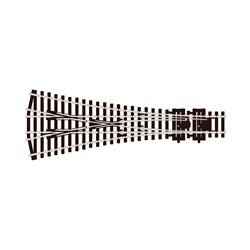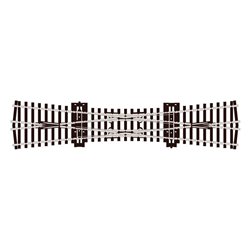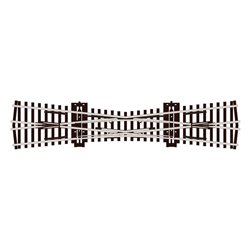This very much depends on the project you are working on. For painting the base coat I would say no it is not...
No products
Product successfully added to your shopping cart
There are 0 items in your cart. There is 1 item in your cart.
Search Tips
Christmas and New Year
We are dispatching orders every weekday apart from Christmas Day, Boxing Day and New Year's Day.
If you order is time critical, select next day delivery at checkout.
The shop in Sandown is closed from 25th December, reopening on 30th December.
Why are turnout frogs called frogs?
A lot of the terminology that we use today derives from a pre-industrial time. Before trains were the topic of conversation we relied on horses as traction to get our ore, goods and people to where they needed to be and a transport orientated vocabulary was already very much established way before the first trains chuffed into our lives.
The term 'frog' used to describe the part of a turnout where the rails converge is no exception and has equine origins. A frog can be found on the underside of a horse's hoof and is shaped like a letter V. It's said that early railway engineers were reminded of a horse's frog by the converging rails at a railway turnout and the name stuck.
As for how the original horse's frog got its name is purely speculative because it's one of the oldest horse body parts to be named, but it could be suggested that its function of pumping blood back up the horse's leg every time the horse treads down on it could resemble a frogs vocal sac.
Click here to receive the tips weekly in your mailbox. You can unsubscribe at any time.










